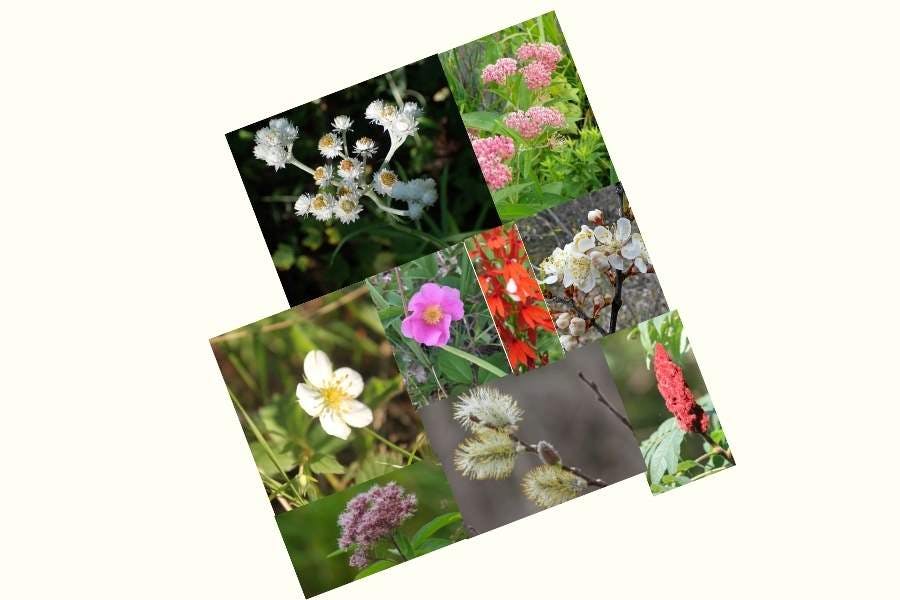Inside this edition of Natural Garden News
- Wakey, wakey! Spring is springing!
- Haliburton native plants explained
- Useful gardens for those damp places
- Recommended reading
- Today’s VIP (Very Important Plant)
- Right now in Haliburton County
- From the socials
I hope you enjoy the newsletter! If you have any questions or feedback, please reply to this email.
Simon Payn
Grounded
Email: hello@groundedgardens.ca
Web: groundedgardens.ca
Follow Grounded on the socials!
Wakey, wakey! Spring is springing!
With the early end to winter, it seems spring has taken a long time to get going. That feels especially true to impatient old me at Lucas House, Grounded’s demonstration garden in Haliburton village.
But things are happening. And they’ll ramp up as we go through May.
It’s a nail-biting time in the world of natural gardening. All those perennials have been waiting through the winter, ready to get going when the weather is warmer. There’s always the worry in my mind…will they actually turn green? Or are they all dead?!
The good news is, they’re starting. In this picture are Pearly Everlasting, Prairie Smoke, Black-eyed Susan, Heart-leaved Aster, Wild Strawberry and Slender Mountain Mint. Also showing some green but not pictured are Nodding Onion and Bottlebrush Grass.
Bottlebrush grass is a cool-season grass, which means it greens up in the spring but might go dormant in the summer when it’s hot. That’s in contrast to the, you guessed it, warm-season grasses, which need the summer heat to get going.
One thing I learned from Lucas House for future gardens is to include more cool-season grasses, so they green up earlier. After all, I don’t want Grounded’s gardens to look brown when all those cool-seaon (and non-native) lawns are a lush green. Right now, a lot of the grasses at Lucas House, such as Little Bluestem, will need another few weeks to look alive.
Spring is springing! Now I just have to wait… But it won’t be long!
Simon
P.S. I will have native plants for sale at the back of Lucas House starting the May long weekend. Reply to this message and I’ll give you the list of what will be available.
|
|
|
Haliburton native plants explained
An in-depth look at the benefits of native plants, how we decide what’s native to Haliburton County, and a list of plants considered native. Read more.
|
|
|
|
Useful gardens for those damp places
There are many ways to create a natural garden – and some of those can fulfil vital roles for us. A look at bioswales, SuDS and rain gardens. Read more.
|

